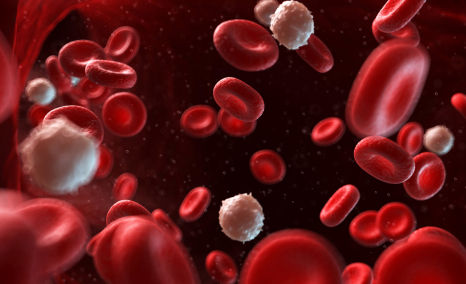Vitiligo is a common acquired, idiopathic depigmentation disorder which affects at least 1% to 2% of the population irrespective of sex, race, or age. The onset of this disease occurs between the ages of 10 and 30. In this condition, patients progressively lose their skin color, mostly in patches. The patches are more visible in people with darker skin. Vitiligo often causes social awkwardness and disturbs the social life of a person.
Instead of worldwide occurrence of this disease, Vitiligo remains one of the most untouched areas in the medical history. There is huge unmet need for this indication as only few treatment options are available for patients with limited efficacy. Vitiligo serves as a gateway for other pigemetary disorders. Exploring this indication not only opens more treatment options for Vitiligo, but also leads to better understanding of pigmentary disorders. The exact cause of the disease is still under debate. There are over 30 genes identified to date which might be related to disease onset and development.
In last few years, Researchers and Pharma Players have started focusing on this indication which gives some hope to millions of patients who have been remained unrecognized for years. The driving force behind the increased research activity is the correlation of immune response during melanoma with Vitiligo. Melanoma is the extreme reverse case of the same autoimmune response. The pipeline for Vitilgo is not so strong, with less than 10 products under development. But in coming years, Vitiligo treatment paradigm may take drastic shift due to products which have advanced to clinical studies. Clinuvel Pharmaceuticals and Aclaris Therapeutics are the leaders for this indication with two pipeline products each. Apart from them, many other Pharma companies, researchers from renowned Universities and Institutions such as University of Massachusetts, University of Medicine and Dentistry of New Jersey, University Hospital, Bordeaux etc. are actively exploring this area for potential therapeutic candidates.



